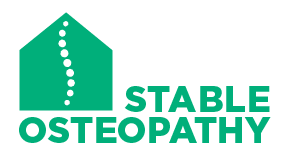Joint pain is a common issue that affects people of all ages, often limiting mobility and impacting the quality of life. While many turn to conventional treatments such as painkillers and physical therapy, osteopathy offers a holistic alternative that addresses not just the symptoms but the underlying causes of discomfort. Osteopathy, a form of manual therapy, focuses on the musculoskeletal system and emphasizes the interconnection between the body’s structure and function. By realigning the body and promoting self-healing, osteopathy can provide significant relief for joint pain.
One of the primary ways osteopathy alleviates joint pain is by improving joint mobility and reducing inflammation. Osteopaths use various hands-on techniques such as stretching, massage, and manipulation to relieve tension in the muscles and joints. This helps restore the natural range of motion, reduce stiffness, and improve circulation, which in turn reduces inflammation. By addressing these issues at their source, osteopathy can provide long-term relief, rather than just masking the pain with temporary solutions.
Beyond pain relief, osteopathy offers several lesser-known benefits that contribute to overall health and well-being. For instance, osteopathy can enhance the body’s lymphatic system, which plays a crucial role in immune function and detoxification. Improved lymphatic flow helps the body remove toxins more efficiently, which can reduce chronic inflammation and boost the immune system. Additionally, osteopathy can have a positive impact on the nervous system. By relieving pressure on nerves caused by misaligned bones or tight muscles, osteopathy can improve nerve function, which can alleviate symptoms like numbness or tingling and even improve mental clarity.
Another lesser-known benefit of osteopathy is its ability to aid in the management of chronic conditions such as arthritis or fibromyalgia. Osteopaths take a whole-body approach, considering how other areas of the body may be compensating for the affected joints. This can help prevent further deterioration and improve overall function. Patients often report better sleep, increased energy levels, and a greater sense of well-being after osteopathic treatment, making it a valuable tool for managing not just pain but also the broader impacts of chronic conditions.


